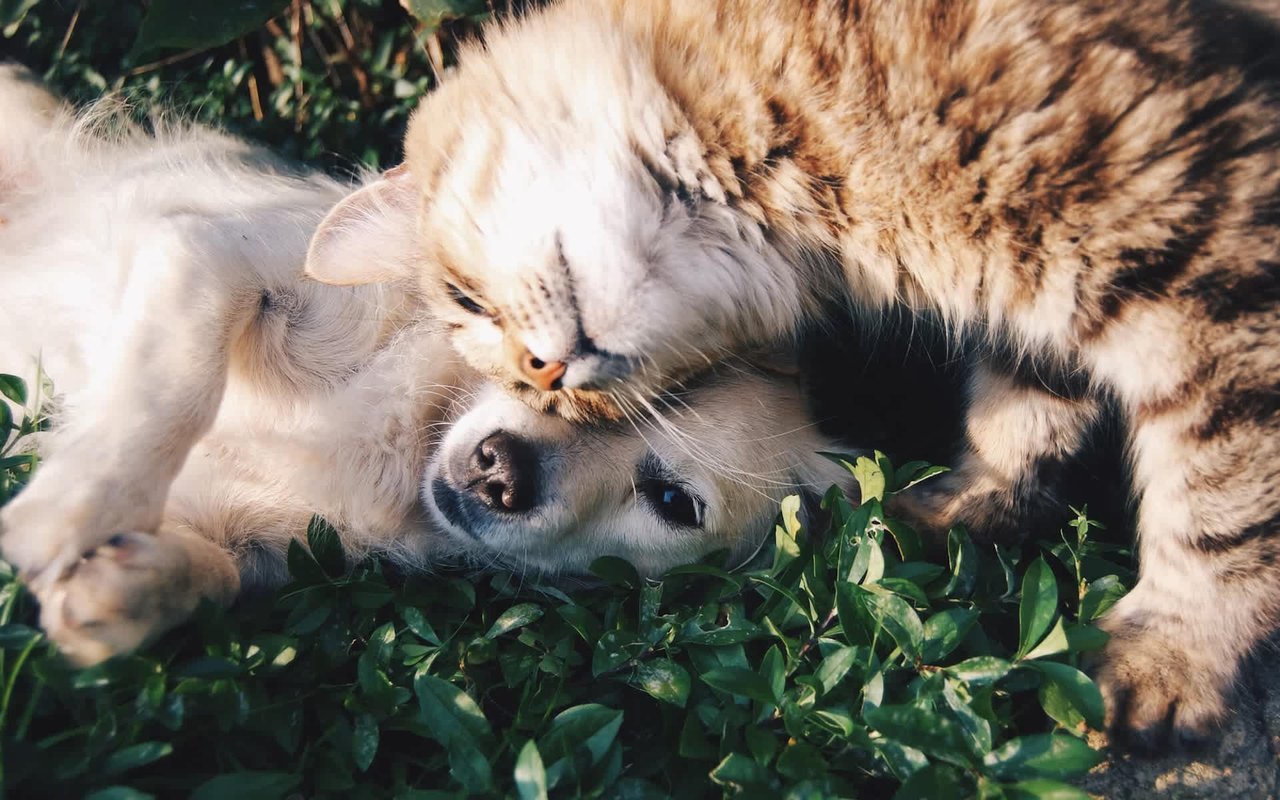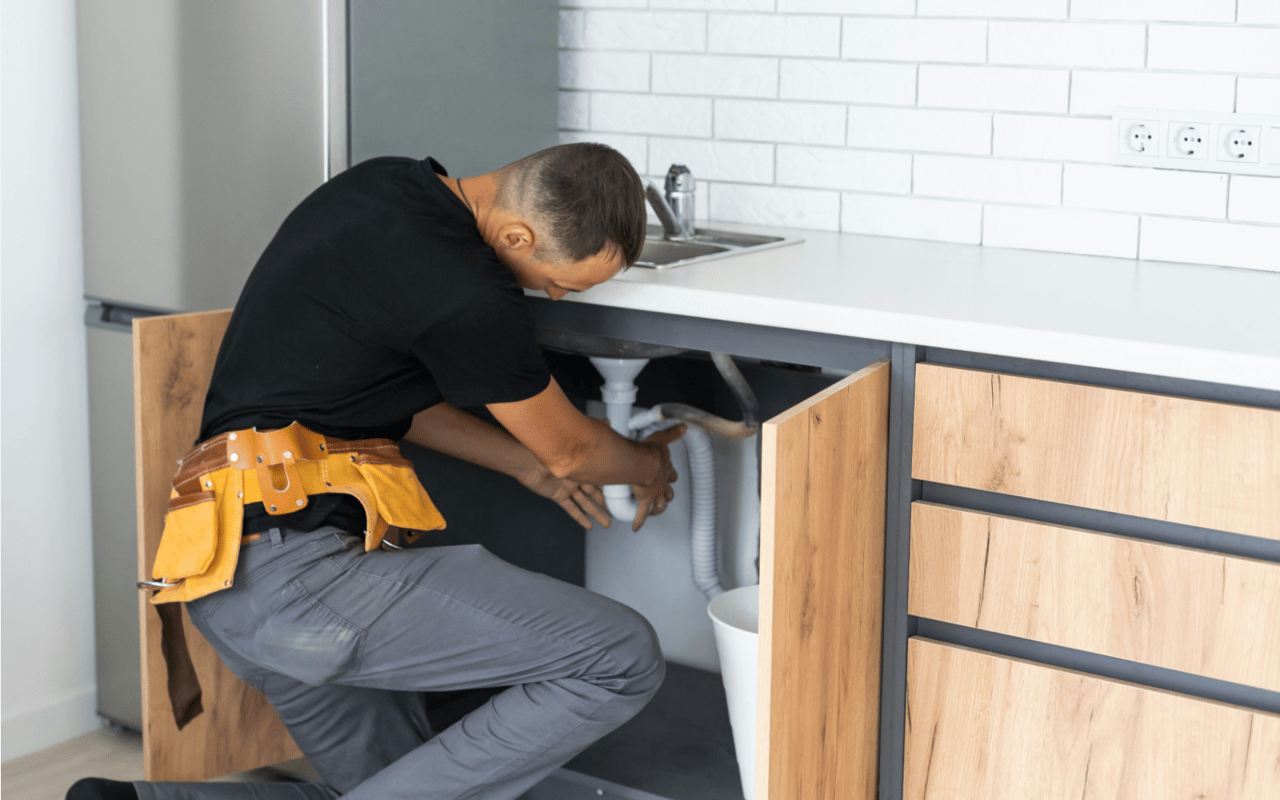Moving can be a stressful experience for anyone, but it can be especially challenging for pets. Our furry friends thrive on routine and familiarity, and the upheaval of a move can be overwhelming for them. Whether you’re relocating across town or the country, it's essential to ensure your pets are as comfortable and secure as possible during this transition.
This guide will share seven valuable tips for moving with pets to help make the process smoother for you and your four-legged companions. From preparation and travel to settling into your new home, these tips will provide you with practical advice to ease your pet’s stress and ensure a happy move for everyone involved.
1. Prepare Your Pets for the Move
Preparation is key to reducing stress for your pets during a move. Start by getting them used to the moving supplies and environment. Leave moving boxes and packing materials out in your home for a few days before you start packing so your pets can sniff and investigate them. This helps them become familiar with the changes that are about to happen.
If your pets are not used to car travel, begin acclimating them well before the move. Take them on short car rides and gradually increase the duration. Make sure they have a comfortable carrier or restraint, and give them treats and praise to create positive associations with car travel. For dogs, taking them to new places during these rides can help them adapt to the idea of going somewhere unfamiliar.
2. Maintain Their Routine
Pets thrive on routine, and moving can disrupt their sense of normalcy. To minimize stress, try to maintain their regular feeding, walking, and playtime schedules as much as possible during the moving process. Keeping these routines consistent provides a sense of stability and helps reassure your pets.
Pack your pet’s belongings last and unpack them first in the new home. Having their familiar bed, toys, and other items will help them feel more secure in the new environment. Additionally, make sure to spend extra quality time with your pets during this period to offer them comfort and reassurance.
3. Keep Pets Safe and Secure
On moving day, keeping your pets safe and out of harm’s way is crucial. The hustle and bustle of moving can be overwhelming and potentially dangerous for pets. Designate a quiet, secure room in your home where your pets can stay while the moving process is underway. Place their bed, toys, food, and water in the room, and make sure they have a comfortable space to relax.
If possible, ask a friend or family member to watch your pets for the day or consider boarding them at a trusted kennel. This ensures that they are safe and not stressed by the commotion of the move. Once the movers have left and things have settled down, you can gradually introduce your pets to their new home.
4. Update Their Information
Before you move, update your pet’s identification tags and microchip information with your new address and contact details. This is crucial if your pet gets lost during the move or in the new neighborhood. Ensure your pet wears a collar with an ID tag and your current phone number.
Additionally, obtain copies of your pet’s medical records from your current veterinarian and find a new vet in your new area. If your pet has any ongoing health issues or requires regular medication, make sure you have enough supplies to last through the transition period. It’s also good to research pet-friendly hotels and emergency vet clinics along your travel route if you’re moving long-distance.
5. Plan for Travel
Traveling with pets requires careful planning, especially for long-distance moves. If you’re driving to your new home, make sure your vehicle is prepared for your pets. Have a travel crate or carrier that is well-ventilated and large enough for your pet to stand, turn around, and lie down comfortably. Secure the carrier with a seatbelt to ensure it doesn’t shift during the trip.
Pack a travel kit for your pets that includes their food, water, bowls, medications, waste bags, and a favorite toy or blanket. Plan for regular breaks during the drive to allow your pets to stretch, relieve themselves, and have some water. Never leave your pets alone in a parked car, as temperatures can quickly become dangerous.
If you’re flying, check the airline’s pet policies well in advance. Some airlines have specific requirements for pet carriers and health certificates. Book a direct flight if possible to reduce the stress of layovers, and consider the weather conditions when planning your travel.
6. Pet-Proof Your New Home
Before bringing your pets into your new home, take the time to pet-proof the space. Look for any potential hazards, such as exposed wires, poisonous plants, or small spaces where pets could get stuck. Ensure that windows and doors are secure and that there are no gaps in fences or gates where your pets could escape.
Set up a designated area for your pets with their bed, food, water, and toys. Having a familiar and safe space helps them feel more at ease in the new environment. Gradually introduce your pets to the rest of the house, allowing them to explore one room at a time.
If you have outdoor pets or plan to let them go outside, supervise their first few outings to ensure they are safe and comfortable in their new surroundings. Be patient as they adjust to their new home, and give them plenty of positive reinforcement and attention.
7. Help Them Settle In
Once you’ve moved in, it’s important to help your pets settle into their new home. Stick to their regular routine as much as possible, including feeding times, walks, and playtime. Provide plenty of affection and reassurance to help them feel secure.
If your pet seems anxious or stressed, consider using calming aids such as pheromone diffusers, anxiety wraps, or natural supplements. You can also create a cozy, quiet space where they can retreat if they feel overwhelmed.
Introduce your pets to the neighborhood gradually. Take dogs for walks around the block to familiarize them with their new surroundings and meet new neighbors. For cats, keep them indoors for the first few weeks until they are comfortable and have established the new home as their territory.
Making the Move Easier for Your Pets
Moving with pets can be challenging, but with the right preparation and care, you can make the transition smoother for your furry friends. By preparing them for the move, maintaining their routine, keeping them safe, updating their information, planning for travel, pet-proofing your new home, and helping them settle in, you can ensure they feel secure and comfortable throughout the process.
Remember, your pets rely on you for reassurance and stability, so taking these steps will help them adjust more quickly and happily to their new environment. With patience and attention to their needs, your pets will soon feel right at home in your new place.
If you're planning a move and need expert guidance, look no further than Tanika O'Brien. With a deep understanding of the real estate market and a commitment to exceptional client service, Tanika is here to make your moving experience as seamless and stress-free as possible. Whether you're buying, selling, or relocating, Tanika's expertise ensures that all your real estate needs are met with professionalism and care.




